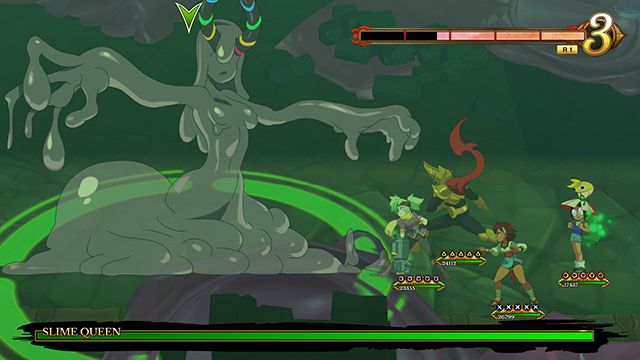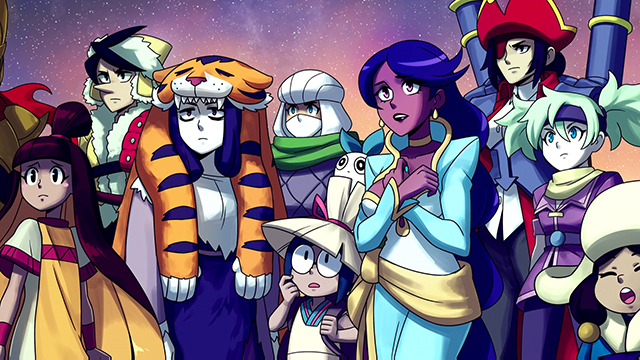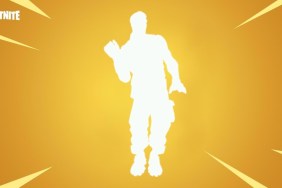Many developers don’t change genres and even fewer stray from fighting games. But Lab Zero Games did, moving away from the critically lauded Skullgirls and into the RPG world with Indivisible. To find out why the team made such a drastic switch, we sat down with Mariel Cartwright, creative director on Indivisible, to speak about the motivation behind the transition as well as the real-world inspirations behind the fantastical game.
GameRevolution: Indivisible is such a different game than Skullgirls. Why go in a different direction?
Mariel Cartwright: Everyone on the team loved working on Skullgirls. And we’re mostly the same team. But not everyone the team was a fighting game player. Like I am not a fighting game player. I am terrible at them. So once we finished Skullgirls, we all thought, “Well, what’s a game that everyone on the team would play in the end?”
ALSO: Indivisible Review | Divided against itself
And we decided on an RPG since everyone on the team loves RPGs. So our lead designer Mike Zaimont always had ideas that were inspired by the PS1 game Valkyrie Profile that took a battle system like this. He thought it was really active and fun and not totally like a turn-based RPG but a little more skill based. So he took that and also was a big Metroidvania fan and blended the two so we have these RPG battles and traversal is more platformy.

GR: It seems like a big undertaking.
MC: It is a lot but I think the way we simplified it was by not having a lot of items or skill trees. So it is just you have the abilities you get over the course of the game and then we have the RPG battles where you get more attacks but not different kinds of attacks. So I think we took steps in that way to simplify it.
GR: The game is simple but seems to derive its challenge from timing combos. Was that how you wanted the combat to be?
MC: I have noticed that fighting game players take to the battle system a lot quicker than RPG players, which is an interesting blend. It still honestly took me a bit to get used to it even though I understand it now. And we took some of those fundamentals we learned in Skullgirls like combos and juggles and put those into this fighting game system here. We are drawing from what we know but turning it into something new.
You can almost think of it as every character has three different moves that you can combine into one moveset. So you’re like customizing one whole moveset to take on the enemies.

GR: Did the narrative justification of the party members living in her head come out of that battle system?
MC: It was kind of a conceit we took. Because in old RPGs, the party characters will just come in and out of your main character. So we thought we could add in a little bit of logic to that.
GR: The game isn’t based in our reality but has some obvious roots in our world. Where was it based on?
MC: A lot of the lore is based on Southeast Asian mythology like Buddhism and Hinduism. So we are drawing inspiration from that folklore and mythology because it is not something we typically see. We see a lot of East Asian mythology or Greek or Norse [mythology] but not as much from this area of the world. Our creative lead is half Filipino and half Burmese and I think he wanted to see more of that represented. That’s kind of where we started.
And over the course of the game, you do travel to a Mesoamerican area and a European area so you do a bit of globetrotting but your homebase is this South Asian-inspired area. We are not basing it off reality. It is obviously very much a fantasy but just in terms of what we were researching and what we were inspired by, it is something we don’t see very often.







